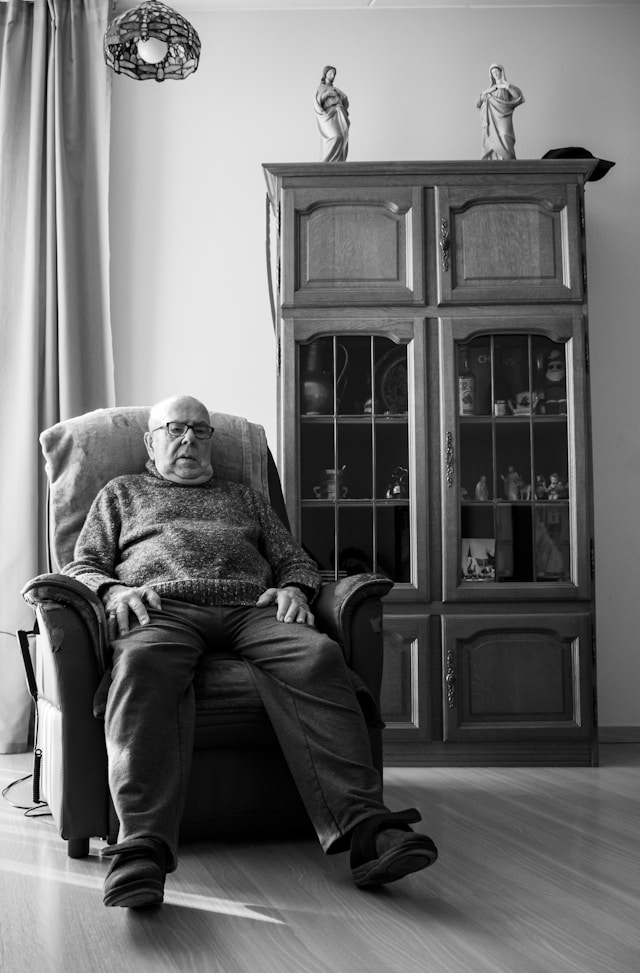As time marches on, homes often become more than just living spaces—they transform into sanctuaries filled with cherished memories. Yet, as people age, the once-familiar corners of their homes may start to pose challenges. Enter the concept of “aging in place,” a trend gaining momentum as individuals strive to maintain their independence and remain in their homes for as long as possible. But what exactly does aging in place entail, and why is it crucial to adapt homes to ensure comfort and accessibility?
Table of Contents
Aging in Place
Aging in place refers to the desire and ability of individuals to continue living in their own homes safely and comfortably as they grow older. This trend contrasts with the traditional notion of relocating to assisted living facilities or nursing homes as one age. Instead, it emphasizes the importance of modifying existing homes to accommodate changing needs, whether due to age-related limitations or disabilities.
The Importance of Adaptation
Adapting homes for aging in place isn’t merely a matter of convenience—it’s a fundamental aspect of promoting dignity, independence, and quality of life. By making necessary modifications, individuals can navigate their homes with greater ease and confidence, fostering a sense of empowerment and autonomy. Moreover, creating a comfortable and accessible living environment can significantly reduce the risk of accidents and injuries, providing peace of mind for both residents and their loved ones.
Addressing Changing Needs
With increasing age, people’s physical abilities and mobility may diminish, necessitating adjustments to their living spaces. Simple tasks like climbing stairs or reaching high shelves can become daunting challenges. Therefore, it’s essential to consider various aspects of home design and functionality to accommodate changing needs effectively.
Accessibility Features:
Installing ramps, grab bars, and handrails can enhance accessibility throughout the home, making it easier for individuals with mobility issues to move around safely.
Bathroom Modifications:
The bathroom is a high-risk area for slips and falls. Installing walk-in showers, raised toilets, and non-slip flooring can significantly reduce the likelihood of accidents.
Kitchen Adaptations:
Lowering countertops, installing lever-style faucets, and incorporating pull-out shelves can make the kitchen more user-friendly for individuals with limited mobility or arthritis.
Bedroom Comfort:
Adjustable beds, remote-controlled lighting, and easy-to-reach storage solutions can enhance comfort and convenience in the bedroom, promoting restful sleep and relaxation.
Smart Home Technology:
Embracing smart home technology, such as voice-activated assistants and motion-sensor lights, can further enhance accessibility and convenience for aging individuals.
Disability and Mobility Equipment
In addition to home modifications, disability and mobility equipment play a crucial role in enhancing accessibility and independence for aging individuals and those with disabilities. These specialized tools from a reputable disability and mobility equipment provider can empower individuals to navigate their environments with greater ease.
From mobility aids like walkers, wheelchairs, and scooters to adaptive technologies such as hearing aids, magnifiers, and communication devices, these tools can make a significant difference in the lives of those facing physical or cognitive challenges.
By integrating disability and mobility equipment alongside home adaptations, you can create environments that cater to a diverse range of needs, promoting inclusivity and enabling individuals to live life to the fullest.
Embracing Inclusivity
It’s essential to recognize that the need for home modifications extends beyond aging individuals to include people with disabilities of all ages. By adopting a universal design approach—one that prioritizes inclusivity and accessibility—homes can cater to a diverse range of needs, ensuring that everyone can live comfortably and independently.
The Role of Community Support
While home adaptations play a crucial role in facilitating aging in place, they’re just one piece of the puzzle. Community support networks, including healthcare services, transportation options, and social activities, are equally vital in enabling individuals to age in place successfully. By fostering a supportive environment that values inclusivity and promotes active aging, communities can empower residents to live fulfilling lives in their own homes for as long as possible.
Conclusion
In an aging population where the desire for independence and autonomy remains strong, the concept of aging in place has become increasingly relevant. By adapting homes to meet the evolving needs of aging individuals and those with disabilities, you can create environments that prioritize safety, comfort, and accessibility. Through thoughtful design, community support, and a commitment to inclusivity, you can ensure that everyone has the opportunity to age gracefully and with dignity in the comfort of their own homes.
Featured Photo by Ulrich Derboven on Unsplash




